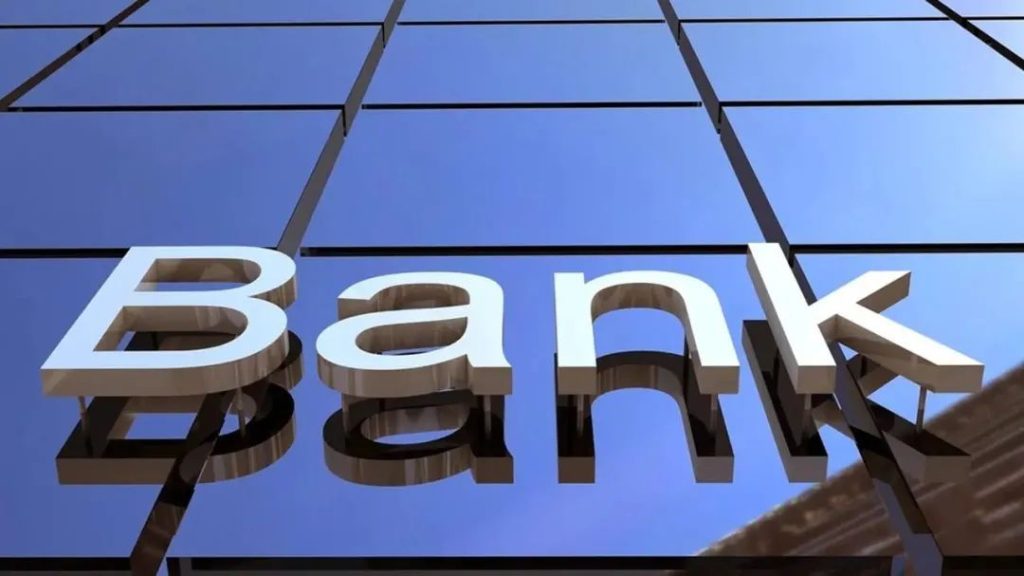
March 9: Sells about $21 billion securities portfolio, shares plunge more than 60%
On March 8, local time, Silicon Valley Bank sold about $21 billion securities portfolio, preferring to lose $1.8 billion to raise funds as a result. But the news exposed the bank’s plight, causing the stock price of parent Silicon Valley Bank Financial Group to plunge more than 60% on the 9th and 68% on the 10th, going into suspension.
March 10: Silicon Valley Bank was declared bankrupt
In less than 48 hours, Silicon Valley Bank (SVB), the 18th largest bank in the U.S., collapsed “at light speed,” the largest collapse in the U.S. financial industry since 2008.
Silicon Valley Bank, a state commercial bank founded in 1983 and headquartered in Santa Clara, California, is reportedly a member of the Federal Reserve System with 17 branches in California and Massachusetts, mainly providing financing for startups. AFP reported that Silicon Valley Bank had total assets of approximately $209 billion and total deposits of approximately $175.4 billion at the end of 2022.
The California Department of Financial Protection and Innovation (DFPI) announced the closure of Silicon Valley Bank due to “illiquidity and insolvency” and appointed the Federal Deposit Insurance Corporation (FDIC) as receiver.
According to a statement issued by the FDIC, the FDIC created the Deposit Insurance National Bank (DINB) to protect insured depositors, and when Silicon Valley Bank closed, the FDIC, as receiver, was required to immediately transfer all insured deposits of Silicon Valley Bank to the DINB. The FDIC said that Silicon Valley Bank’s main office and all branches will reopen on the 13th, and all insured depositors will be able to retrieve their insured deposits no later than the morning of that day. According to the standard, each insured bank depositors maximum insured amount of $ 250,000. Previous regulatory reports indicate that many depositors at Silicon Valley Bank have higher deposits than this figure. According to the FDIC, 89% of Silicon Valley bank deposits are uninsured as of the end of 2022.
On the 10th, Silicon Valley Bank Financial Group CEO Greg Becker acknowledged in a video message to employees that “an incredibly difficult 48 hours” led to Silicon Valley Bank’s collapse. “I can’t imagine what you’re thinking, what you’re doing, what your future is.”
On the same day, U.S. Treasury Secretary Janet Yellen held an emergency meeting with key banking regulators, expressing “confidence” that they would take appropriate action in response, saying the U.S. banking system remains resilient.
March 11: Could trigger a wave of widespread closures and layoffs in the tech industry
On local time 11, U.S. regulator Federal Deposit Insurance Corp (FDIC) offered Silicon Valley Bank employees a 45-day retainer with 1.5 times their salary, Reuters reported. In an email sent to Silicon Valley employees, the FDIC will register to retain the employees’ information, while former parent Silicon Valley Bank will provide their health care details, the report said. Silicon Valley Bank had 8,528 employees by the end of 2022.
Local time on the 11th, according to the U.S. Consumer News and Business Channel (CNBC) reported that the U.S. Silicon Valley and the financial community publicly called on the federal government to push for another bank to assume responsibility for Silicon Valley Bank’s assets and debts after its collapse. The FDIC will provide insurance of up to $250,000 per depositor, but most of Silicon Valley Bank’s depositors have more than that amount, including a large number of startups, according to the report. The report analyzes that the failure of Silicon Valley Bank could trigger a wave of widespread closures and layoffs in the technology industry.
Repost:xiaoxiangchenbao
Web:https://weiypaper.com/
